Claims of “battery breakthroughs” abound, but few technologies have made it out of the lab and into electric vehicles. Experts like Pranav Jaswani of IDTechEx and Evelina Stoikou of BloombergNEF told Wired that small, well-placed improvements can make a big difference, but that often take years to materialize due to safety requirements, manufacturing validation, and financial feasibility.
Lithium-ion remains the backbone of the EV era
The big breakthroughs so far revolve around lithium-ion batteries. “Lithium-ion is very mature,” says Evelina Stoikou; the scale of investment and the existing supply chain make it difficult for other chemistries to catch up in the next decade. Even so, a single change in composition or process could add about 50 miles of range or cut manufacturing costs enough to bring down the price of a car, says Pranav Jaswani.

5 steps that can make a real difference
LFP: Cut costs, maintain stability
Why it matters: Lithium iron phosphate (LFP) batteries use iron and phosphate instead of expensive and difficult-to-mine nickel and cobalt. LFP is more stable, degrading more slowly over many cycles.
Potential payoff: Lower battery costs and vehicle prices – especially important as electric vehicles compete with gasoline-powered cars. LFP is already popular in China and is expected to spread to Europe and the US in the next few years.
Challenges: Lower energy density, less range per battery pack than other options.
High Nickel in NMC: More range, less cobalt
Why it matters: Increasing the nickel content in lithium nickel manganese cobalt increases energy density and range without increasing size/weight. It also allows for the reduction of cobalt, an expensive and ethically controversial metal.
Challenges: Reduced stability, higher risk of cracking or explosion, requires more stringent design and thermal control, resulting in increased costs. More suitable for high-end electric vehicles.
Dry electrode process: Minimize solvents, increase production efficiency
Why it matters: Instead of mixing materials with solvents and then drying, dry electrode technology mixes dry powders before coating and laminating. Less solvents reduce environmental, health, and safety risks; eliminating the drying step can reduce turnaround time, increase efficiency, and reduce manufacturing space—all of which reduces costs.
Deployment status: Tesla has applied at anode; LG and Samsung SGI are testing the line.
Challenge: Dry powder processing is technically complex, requiring fine tuning to stabilize mass production.
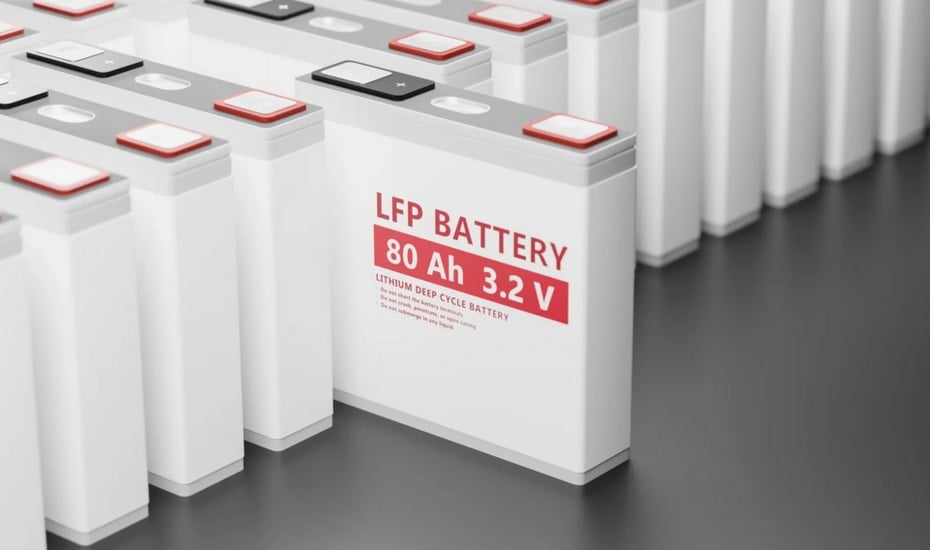
Cell-to-Pack: Take advantage of volume, add about 80 km
Why it matters: By skipping modules and placing cells directly into the battery pack, more cells can be crammed into the same space. According to Pranav Jaswani, this technology can add about 80 km of range and improve top speed, while cutting manufacturing costs. Tesla, BYD, and CATL are already using it.
Challenges: Controlling thermal instability and structural strength is more difficult without modules; replacing faulty cells becomes complicated, even requiring opening or replacing the entire cluster.
Silicon anode: Dense energy, fast charge 6–10 minutes
Why it matters: Adding silicon to a graphite anode increases storage capacity (longer range) and charges faster, potentially taking just 6–10 minutes to fully charge. Tesla has already mixed some silicon; Mercedes-Benz and General Motors say they’re getting closer to mass production.
Challenge: Silicon expands/contracts cyclically, causing mechanical stress and cracking, which degrades its capacity over time. This is now common in small batteries like those in phones or motorbikes.
| Technology | Key benefits | Challenge | Status |
|---|---|---|---|
| LFP | Low cost, stable, slow degradation | Low energy density | Popular in China; expected to increase in EU/US |
| High Nickel (NMC) | Increase density, reduce cobalt | Less stable, high cost of thermal control | Suitable for high-end cars |
| Dry electrode | Reduce solvents, increase efficiency, lower costs | Technical challenges in handling dry powders | Tesla (anode); LG, Samsung SGI tested |
| Cell-to-Pack | Add ~80 km range, reduce cost | Heat control, difficult to repair | Tesla, BYD, CATL applications |
| Silicon anode | Longer range, quick charge 6–10 minutes | Expansion causes cracking and loss of capacity. | Approaching mass production |

Promising technologies but still far from market
Sodium ion: Easy to find, cheap, heat stable
Why it matters: Sodium is cheap, abundant, and easier to process than lithium, cutting supply chain costs. Sodium-ion batteries appear to be more stable and perform well in extreme temperatures. CATL says it will begin mass production next year, and the batteries could account for as much as 40% of China’s passenger car market.
Challenges: Sodium ions are heavier, have lower energy density, and are better suited to stationary storage. The technology is in its infancy, with few suppliers and few proven processes.
Solid-state batteries: High density, safer but difficult to manufacture
Why it matters: Replacing liquid/gel electrolytes with solid ones promises higher density, faster charging, longer life, and less risk of leaks. Toyota says it will launch a car with solid-state batteries in 2027 or 2028. BloombergNEF predicts that by 2035, solid-state batteries will account for 10% of electric vehicle and storage production.
Challenges: Some solid electrolytes perform poorly at low temperatures; manufacturing requires new equipment; defect-free electrolyte layers are difficult to create; industry consensus on electrolyte selection is lacking, making supply chain difficult.
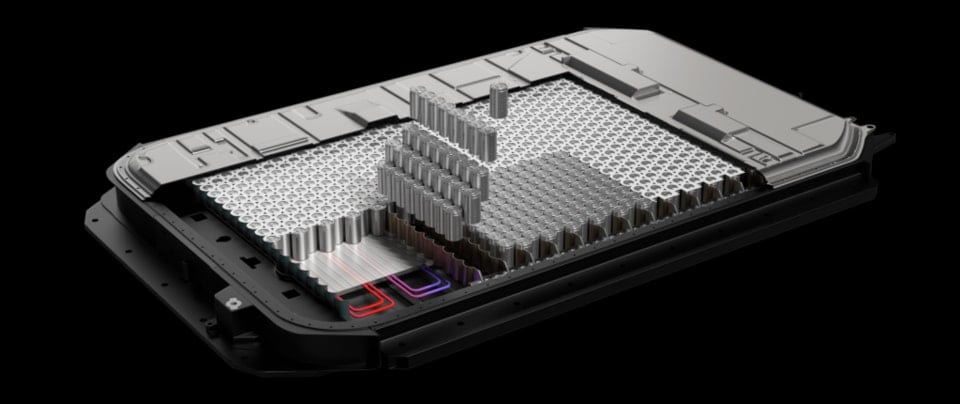
A remarkable idea but difficult to popularize
Wireless charging: Maximum convenience, cost barrier
Why it matters: Plug-in-free parking and charging is something some manufacturers say will soon be available; Porsche is showing off a prototype with plans to roll out a commercial version next year.
Challenges: Wired charging is now efficient and much cheaper to install, according to Pranav Jaswani. Wireless charging may appear in some niche cases, like buses charging along their routes while parked on docks, but it’s unlikely to become a mainstream option.

Conclusion: Expectations are well-founded, but evolution takes time
The most promising battery technologies today are mostly optimizations within the lithium-ion system: LFP to reduce cost, high nickel to increase density, dry electrodes and Cell-to-Pack to reduce manufacturing costs, silicon anodes to increase charging speed. Meanwhile, sodium-ion and solid-state have long-term potential but many production hurdles. As experts emphasize, even small changes can take up to 10 years to appear in electric vehicles – and only improvements that pass safety standards and economic considerations will have a chance to reach the market.
Source: https://baonghean.vn/5-cong-nghe-pin-xe-dien-dang-ky-vong-trong-thap-ky-toi-10310384.html





![[Photo] Opening of the 14th Conference of the 13th Party Central Committee](https://vphoto.vietnam.vn/thumb/1200x675/vietnam/resource/IMAGE/2025/11/05/1762310995216_a5-bnd-5742-5255-jpg.webp)


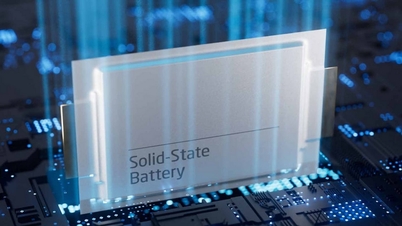
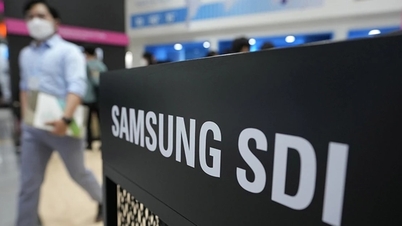


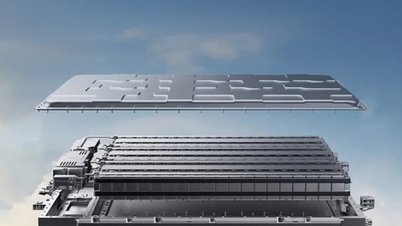
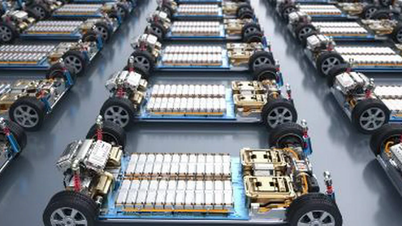

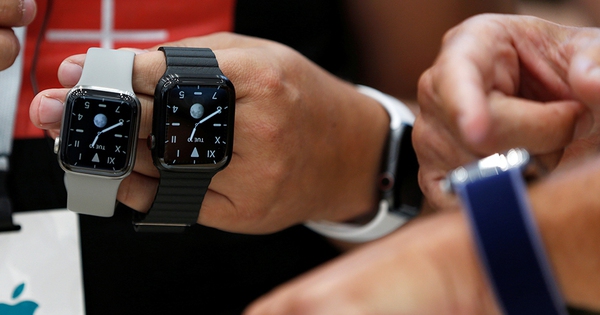

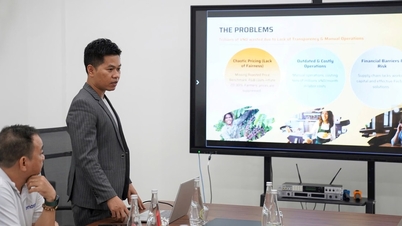



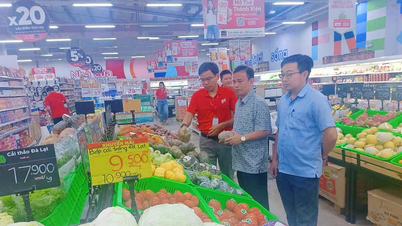

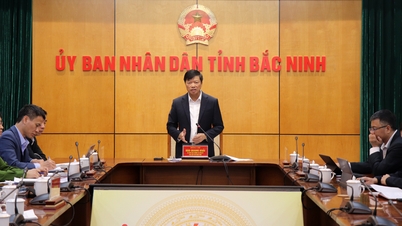









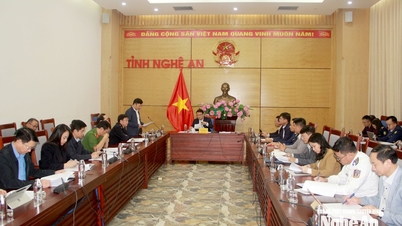






![[Photo] Panorama of the Patriotic Emulation Congress of Nhan Dan Newspaper for the period 2025-2030](https://vphoto.vietnam.vn/thumb/1200x675/vietnam/resource/IMAGE/2025/11/04/1762252775462_ndo_br_dhthiduayeuncbaond-6125-jpg.webp)




































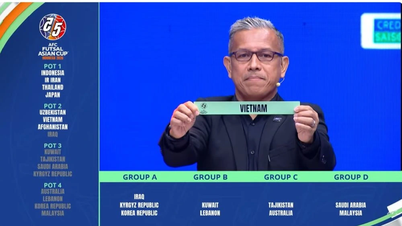














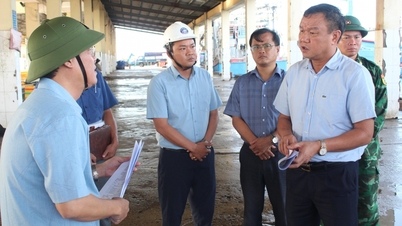




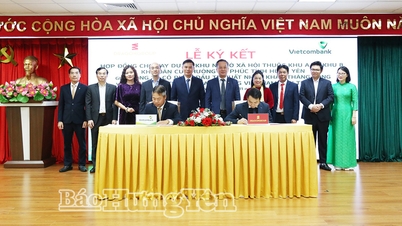

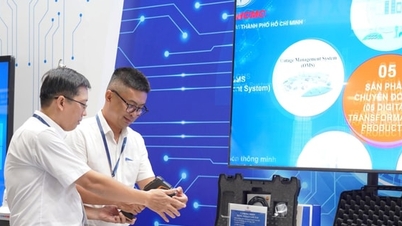

















Comment (0)